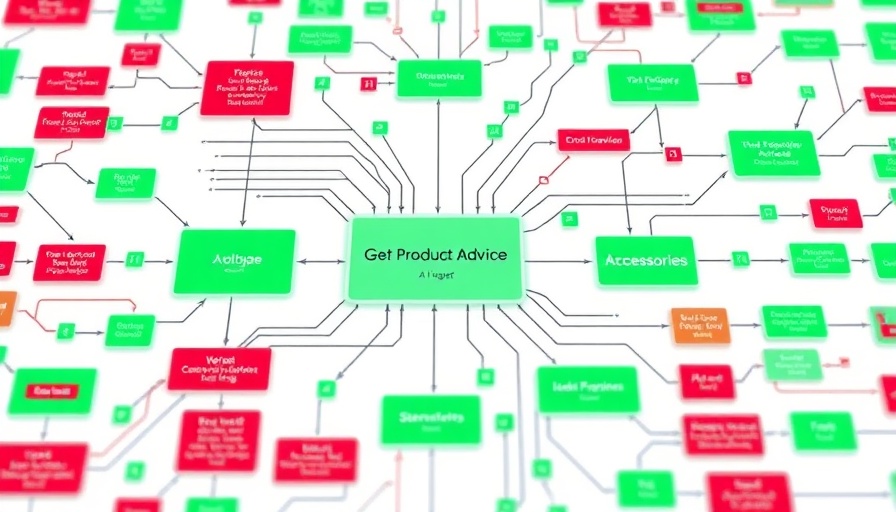
Transform Your Customer Experience with Generative AI
The landscape of customer interaction has changed significantly with the introduction of generative AI into platforms like Ochatbot. For businesses looking to enhance their customer service and product discoverability, harnessing this technology can streamline processes and elevate user experience.
The Competitive Edge of AI-Powered Product Finders
Traditional Product Finders that guide users through click-based journeys can often feel cumbersome and time-consuming. In contrast, a generative AI-based Product Finder offers a more dynamic and engaging approach by enabling users to have conversations that lead them directly to products tailored to their needs. This shift not only improves customer satisfaction but can also significantly reduce the time staff spend managing product inquiries.
Steps to Create a Conversational Product Finder with Ochatbot
Setting up a Product Finder using Ochatbot's generative AI can be done in just a few steps, which makes it accessible for businesses of all sizes. First, users should create a new scripted intent in the Ochatbot Brain. This intent will serve as the entry point for user interactions, setting the stage for a more personalized shopping journey.
Seamless Integration with E-Commerce Platforms
By combining scripted flows with generative AI, customers gain a responsive dialogue that reflects the vast inventory of products available in larger e-commerce platforms. This integration not only allows for more accurate recommendations but can also account for real-time inventory changes, ensuring that customers see products that are currently available.
Future Trends in AI Customer Interaction
As generative AI technologies continue to evolve, businesses that adopt these tools early will have a considerable lead in understanding customer needs. The trend toward conversation-driven commerce indicates that future sales interactions will become increasingly natural and human-like, allowing brands to connect with consumers on a deeper level. This shift signals a transformative moment in retail where AI aids in creating engaging, customized shopping experiences.
In conclusion, leveraging generative AI through tools like Ochatbot significantly enhances the customer journey. For businesses serious about staying ahead in the digital marketplace, investing in AI solutions is not just an option but a necessity.
 Add Row
Add Row  Add
Add 
 Add Element
Add Element 


Write A Comment